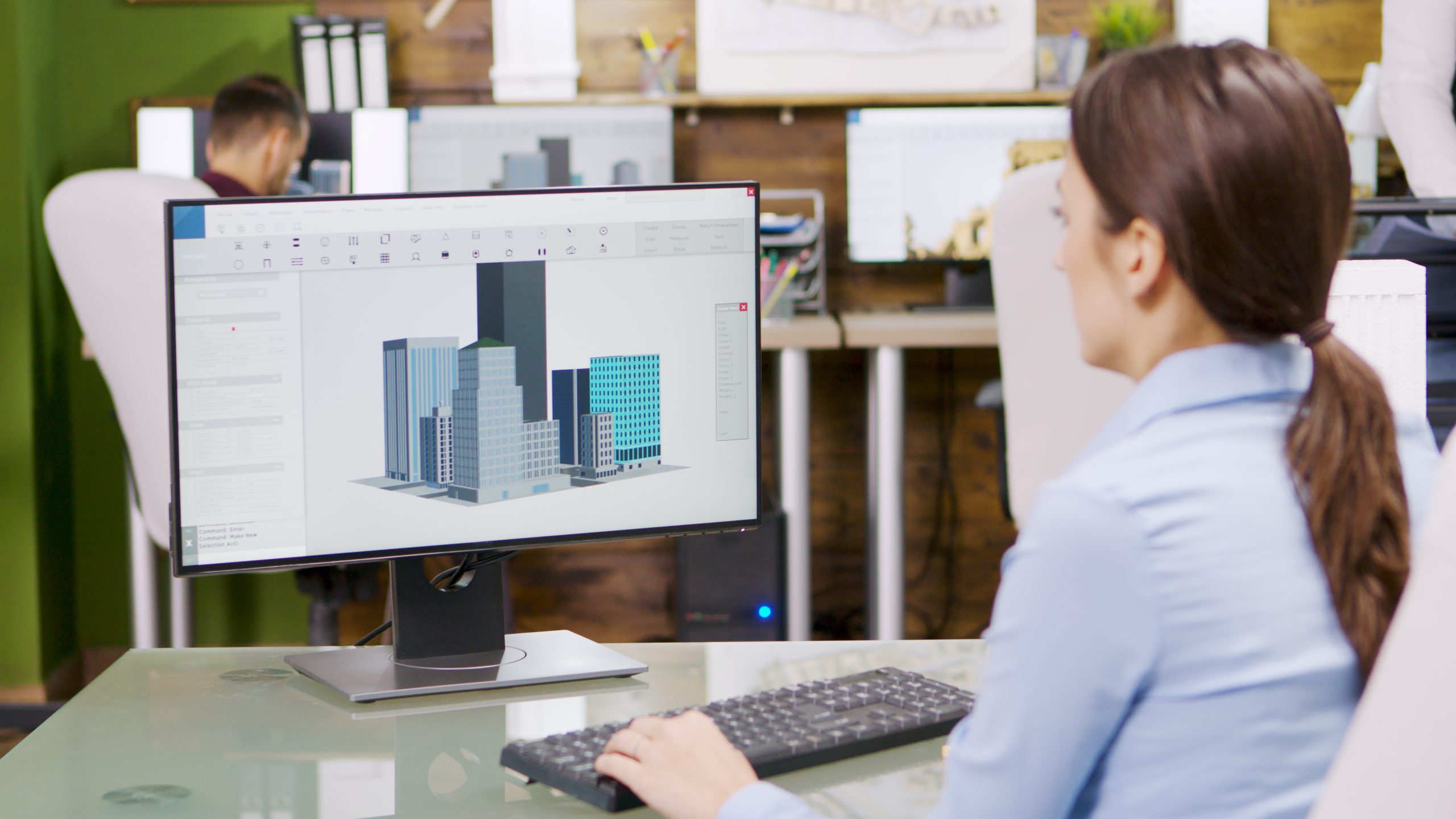In the ever-evolving world of structural engineering, the concept of podium structures has become a symbol of innovation, versatility, and

High-rise buildings dominate the skylines of modern cities, standing as marvels of engineering and architecture. These towering structures are home to residences, offices, and businesses, requiring meticulously designed Mechanical, Electrical, and Plumbing (MEP) systems to support their unique demands. MEP systems in high-rise buildings must address challenges such as vertical transportation, energy efficiency, safety, and occupant comfort, while meeting regulatory standards.
This article explores the critical considerations when designing MEP systems for high-rise buildings, showcasing how InnoDez, a leader in MEP engineering, excels in delivering innovative and efficient solutions tailored to the complexities of tall structures.
High-rise buildings, typically defined as structures exceeding 75 feet in height, pose unique challenges due to their vertical scale, high occupant density, and exposure to environmental factors. These factors necessitate specialized MEP designs that ensure:
Heating, Ventilation, and Air Conditioning (HVAC) systems in high-rise buildings are crucial for maintaining occupant comfort and air quality. Designing these systems requires careful consideration of vertical airflow and pressure differentials.
InnoDez’s Approach: InnoDez designs HVAC systems using advanced simulation tools to optimize airflow, energy efficiency, and occupant comfort, even in buildings exceeding 50 floors.
The electrical systems in high-rise buildings must support a wide range of demands, including lighting, elevators, HVAC systems, and emergency power supplies.
InnoDez’s Expertise: By adhering to the National Electrical Code (NEC) and leveraging cutting-edge technologies, InnoDez delivers electrical systems that ensure reliability, safety, and energy efficiency.
Plumbing systems in high-rise buildings face unique challenges in distributing water vertically and handling wastewater efficiently.
InnoDez’s Solutions: InnoDez designs plumbing systems that prioritize sustainability and reliability, ensuring compliance with the International Plumbing Code (IPC).
Fire protection in high-rise buildings is a top priority due to the increased risk associated with height and occupant density. MEP engineers must design systems that meet strict fire codes and provide effective solutions.
InnoDez’s Commitment: With expertise in NFPA standards, InnoDez designs fire protection systems that safeguard occupants and property while meeting stringent regulatory requirements.
Elevators and escalators are critical for the functionality of high-rise buildings. MEP engineers collaborate closely with vertical transportation experts to design systems that meet operational demands.
InnoDez’s Integration: InnoDez ensures vertical transportation systems design seamlessly with the building’s electrical and mechanical infrastructure for optimal performance.
High-rise buildings are significant energy consumers, making sustainable MEP design essential for reducing environmental impact.
InnoDez’s Sustainability Focus: InnoDez specializes in sustainable MEP designs that reduce energy usage and promote environmental stewardship without compromising performance.
Designing MEP systems for high-rise buildings comes with unique challenges:
InnoDez’s Solution: By using Building Information Modeling (BIM) tools and collaborating closely with stakeholders, InnoDez overcomes these challenges to deliver cost-effective and compliant designs.
InnoDez is a trusted name in MEP engineering, known for its expertise in designing systems for complex high-rise projects. Here’s what sets InnoDez apart:
As technology and sustainability demands evolve, the future of MEP design for high-rise buildings includes:
InnoDez’s Vision: Committed to innovation, InnoDez is at the forefront of adopting these trends, delivering designs that prepare high-rise buildings for the future.
Designing MEP systems for high-rise buildings is a complex and demanding task requiring expertise, innovation, and attention to detail. From HVAC and plumbing to electrical and fire protection, every system must be meticulously planned to ensure safety, efficiency, and occupant comfort.
InnoDez, with its proven track record in MEP design, excels in addressing these challenges, offering tailored solutions that meet the unique demands of high-rise structures. By integrating advanced technologies, adhering to stringent codes, and prioritizing sustainability, InnoDez stands as a trusted partner for developers and architects aiming to create iconic skyscrapers.
Contact InnoDez today to transform your high-rise project with MEP designs that set the standard for excellence and innovation.
About Author
Xhuljo Jakup